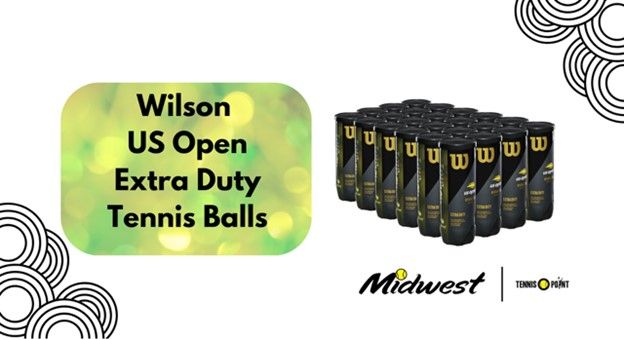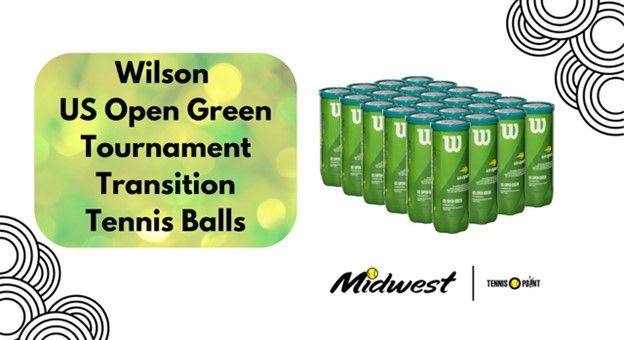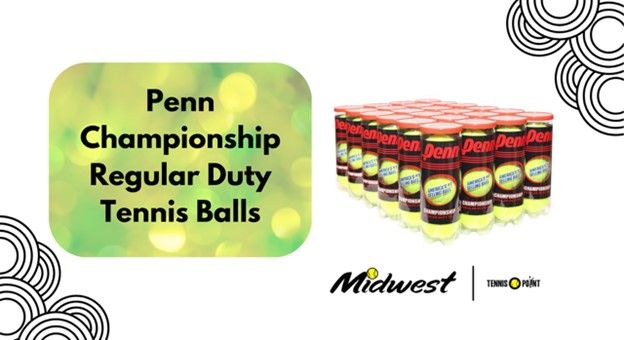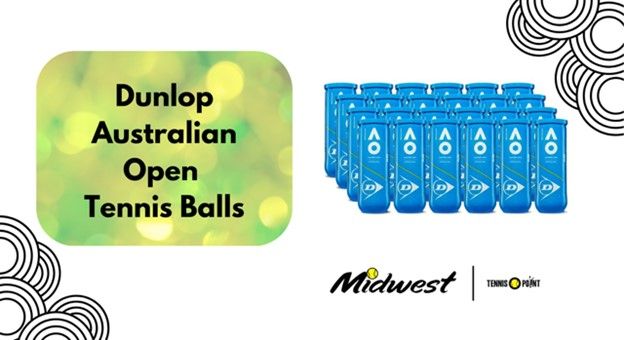The Ultimate Guide to Tennis Balls
By: Tracy Rolling
Whether you’re a seasoned pro or a tennis newbie, finding the right type of tennis balls can be a bit tricky. There are several brands to choose from, not to mention different types. Plus, today’s tennis equipment is evolving at ground-breaking speed and playing with the right ball will keep you in the game!
Similar to how you’d pick out a diamond by looking at the 4 C's: cut, color, clarity, and carat, let’s look at the 4 B’s: Build, Bounce, Basics, and Brand.
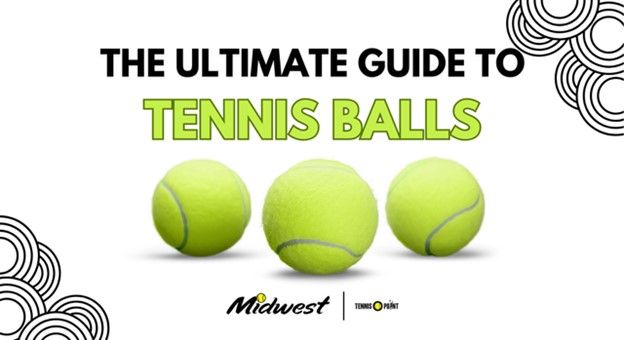
Build - How is a Tennis Ball Made?
Tennis balls are made from rubber and felt. In short:
- Rubber particles are pressed and molded into two thin shells.
- The shells are fused together to create a core then pressurized by adding gas or air.
- Felt consisting of wool, nylon, cotton or other materials is attached, forming the seam.
- The ball is steamed or tumbled, helping raise and soften the surface.
- Finished products are tested and canned to meet the manufacturer specifications.
While tennis balls are regulated and approved by the International Tennis Federation (ITF) and the United States Tennis Association (USTA), there are rules about which types of balls comply with tournament and event play.
Wilson US Open Extra Duty Tennis Balls are a great example of ITF approved balls. For the past 40+ years, every point at the US Open has been scored with a Wilson US Open tennis ball. Made with premium woven felt and good for all surfaces, Wilson sets a gold standard when it comes to consistency and playability.
Bounce and Lifespan
Tennis balls have a limited life-span. Their bounce or longevity is influenced by air pressure, temperature, court surface, and altitude. Each time a ball makes contact with an object, albeit the ground, ball wall, racquet or net, a small amount of pressure is depleted from the core and a minute amount of cover material is lost. When a ball is hit hard, overtime, it loses its springiness and becomes unpredictable. Consider:
● Pressure vs. Low Compression or Pressureless balls
Most balls are pressurized between 14 and 27 psi allowing them to bounce to the conditions they were intended for. On the contrary, pressureless or low compression balls retain their bounce longer, making them ideal for beginners and practice sessions. These balls move at a slower pace, thus are easier to hit and control.
An example is the Wilson US Open Green Tournament Transition Balls. Designed for junior players, they bounce 25% lower than other tennis balls and have a green dot as a focal point.
● Regular Duty vs. Extra Duty
This term refers to the felt covering the rubber core. Regular Duty tennis balls are designed for softer court surfaces like indoor or clay. The felt is thinner, making it not as durable as Extra Duty balls, which have a thicker felt to help them withstand the wear and tear of an abrasive, outdoor surface.
● Premium vs. Championship
Premium tennis balls have more natural wool fibers and a woven felt. The core is usually made of natural rubber and they are considered extremely reliable and very consistent. These types of balls are used for high-level tournament and match play.
Championship tennis balls contain a higher nylon content and are made with a needle-punched felt.
One of America’s best-selling tennis balls is the Penn Championship Regular Duty. Receiving a five-star rating by consumers, this ball is touted for being consistent, durable, and a great value.
Basics - Based on Skill Level
Sure you can play tennis with any type of tennis ball. But, if you want to play your best, think about how frequently you hit, your budget, and environmental conditions like humidity. Wet tennis balls are not ruined, but they won’t bounce as high and playing with flat or damaged balls can lead to injuries. Here are some tips based on skill level:
- Beginners should start with Low Compression, Regular Duty balls. These play a little slower and are easier to hit. They work for most recreational surfaces.
- Intermediate Players should use Extra Duty balls. The additional bounce will help you perfect your timing as you work on more pace and better consistency.
- Advanced Players should test different brands of Premium balls to determine the aerodynamic drag or spin of a ball's flight pattern. There are plenty in this category to choose from, including the all-new Dunlop Australian Open Ball.
As the official ball sponsor of the Australian Open, Dunlop has created a high-performance ball with an HD Core, HD Pro Cloth technologies, and a premium felt, acceptable for all surfaces.
Brands - Which are the Best?
Most tennis balls are sold in a can or a case. The top sellers come from Babolat, Penn, Wilson, Dunlop, and Tourna.
- Babolat is one of the oldest, most established companies. They make premium all-court, high altitude, and championship balls.
- Penn is another leading brand creating champions with their extra duty and regular duty balls.
- Wilson is a trendsetter and created one of the first sustainable performance balls on the market with the Wilson Triniti Pro.
- Dunlop offers a variety of premium, and championship balls.
- Tourna balls are excellent for practice and training.
There are a variety of ways to recycle used tennis balls including national recycling programs and area dog parks. At this point the only question you might have left is whether a tennis ball is green or yellow. We’re going to let you decide that one.
In closing, there are dozens of choices available when it comes to selecting the tennis balls that meet your needs. With the four “B’s” in mind, you can find the ultimate selection of quality tennis balls at Midwest Racquet Sports.com, where we love tennis!

